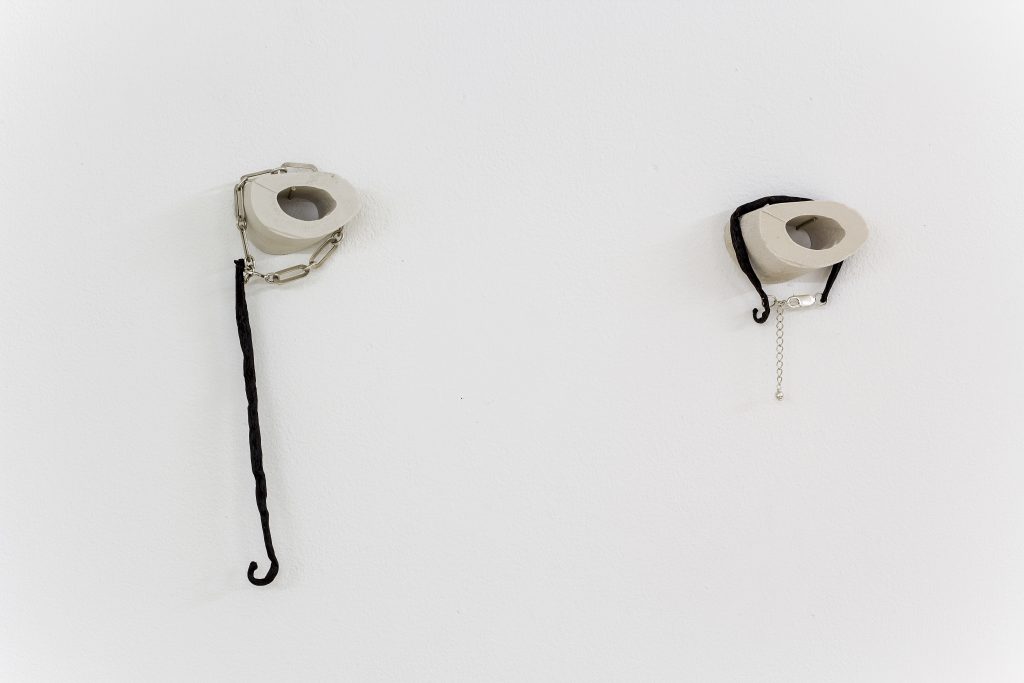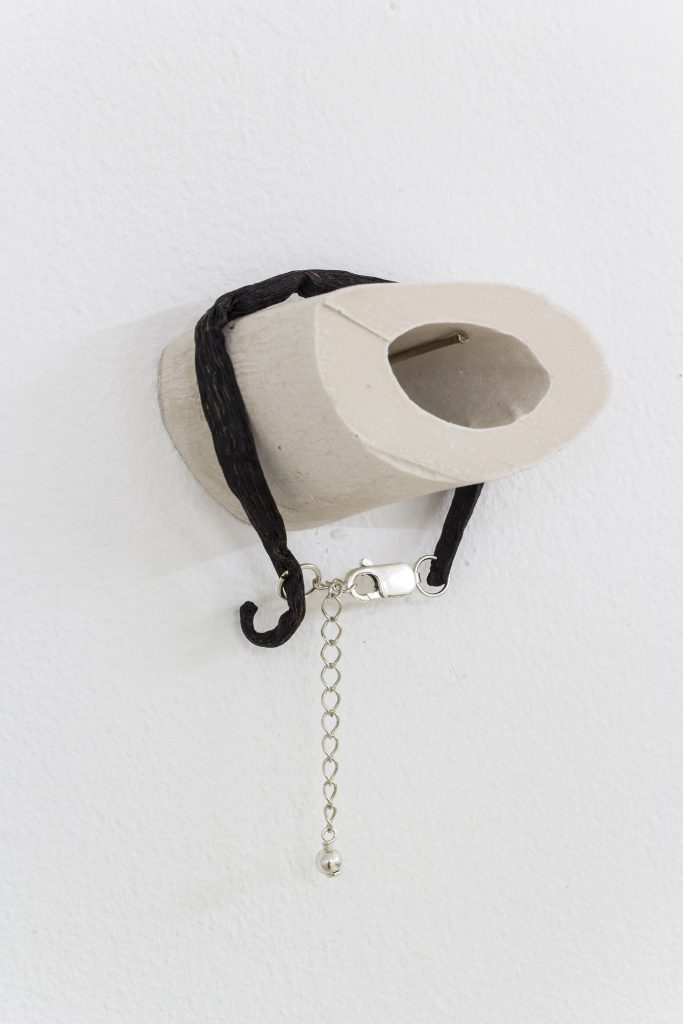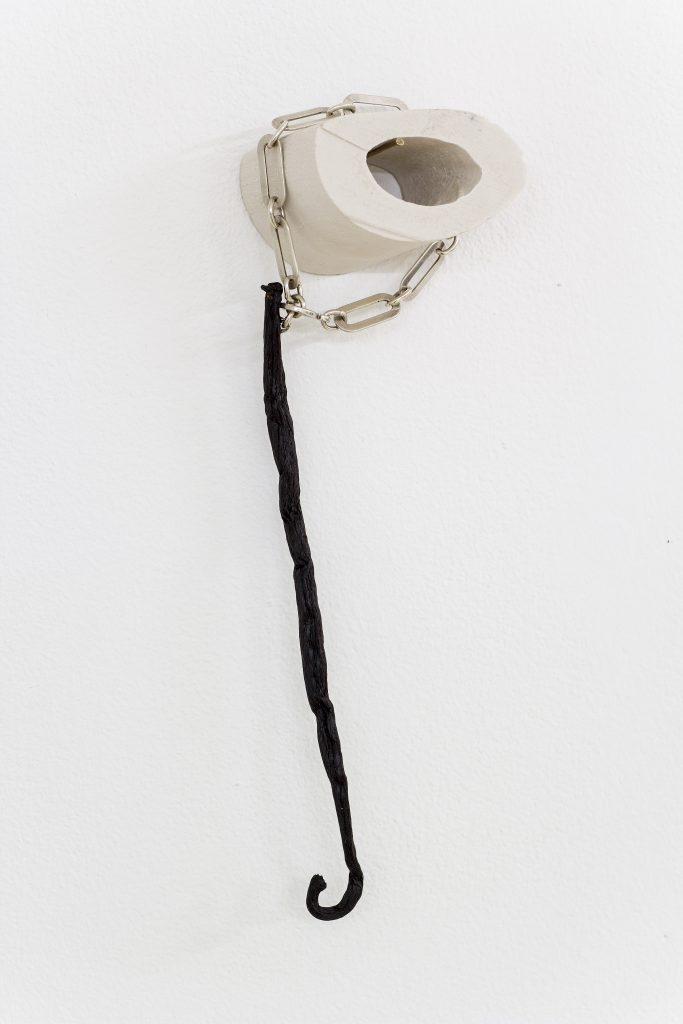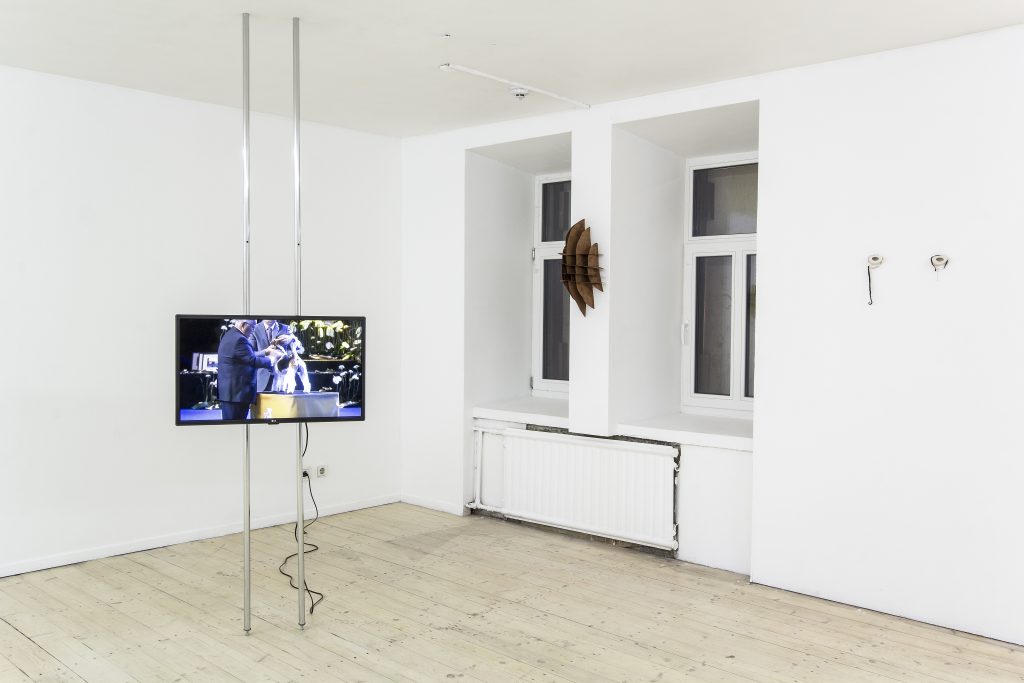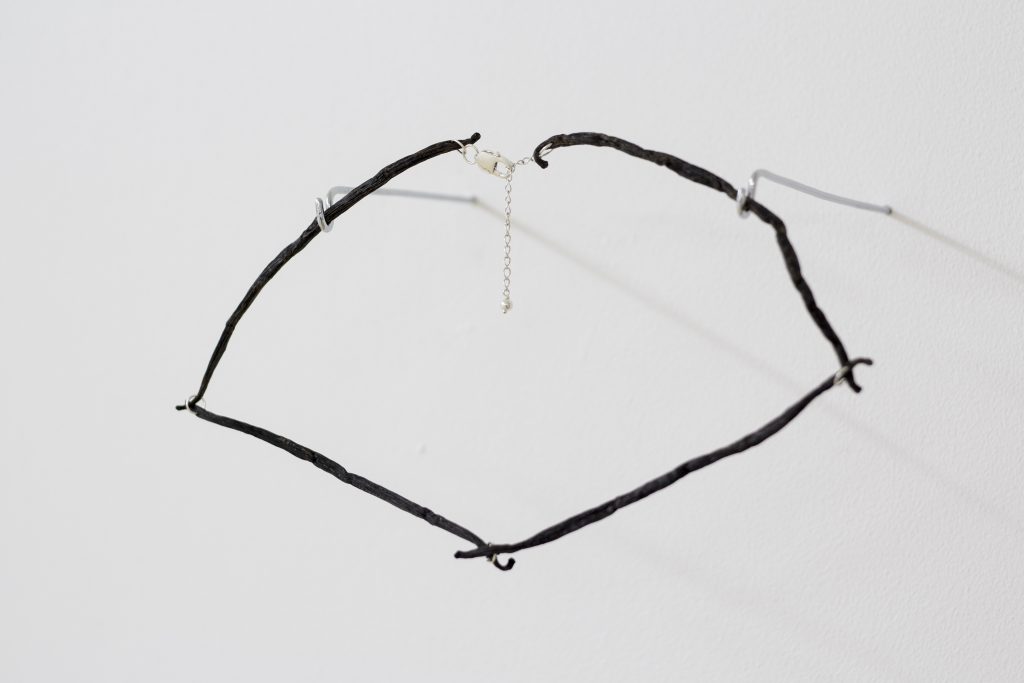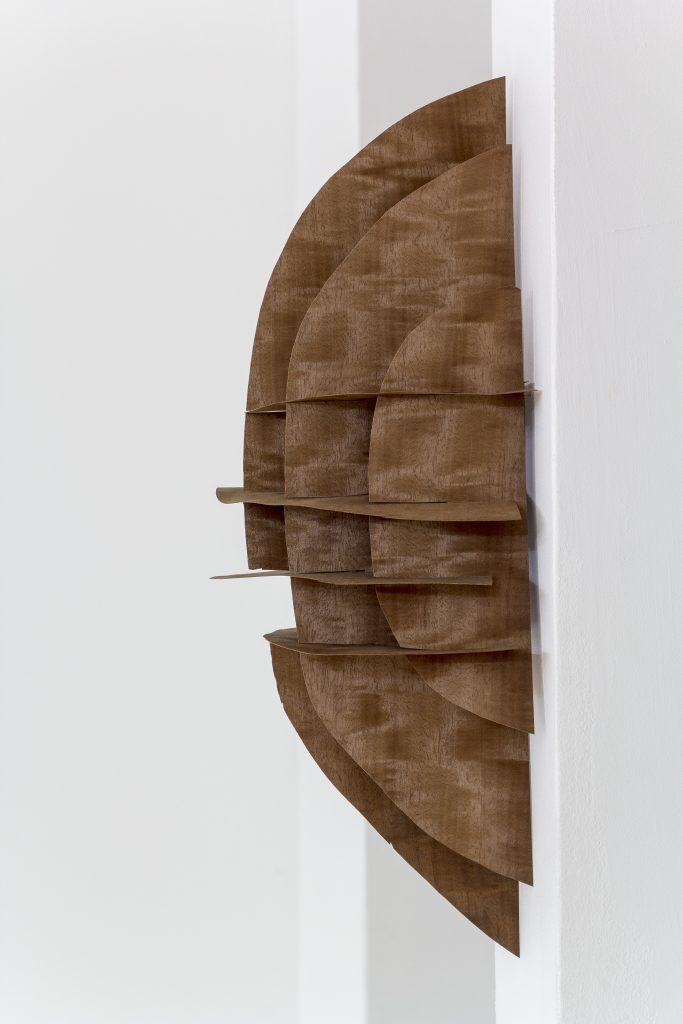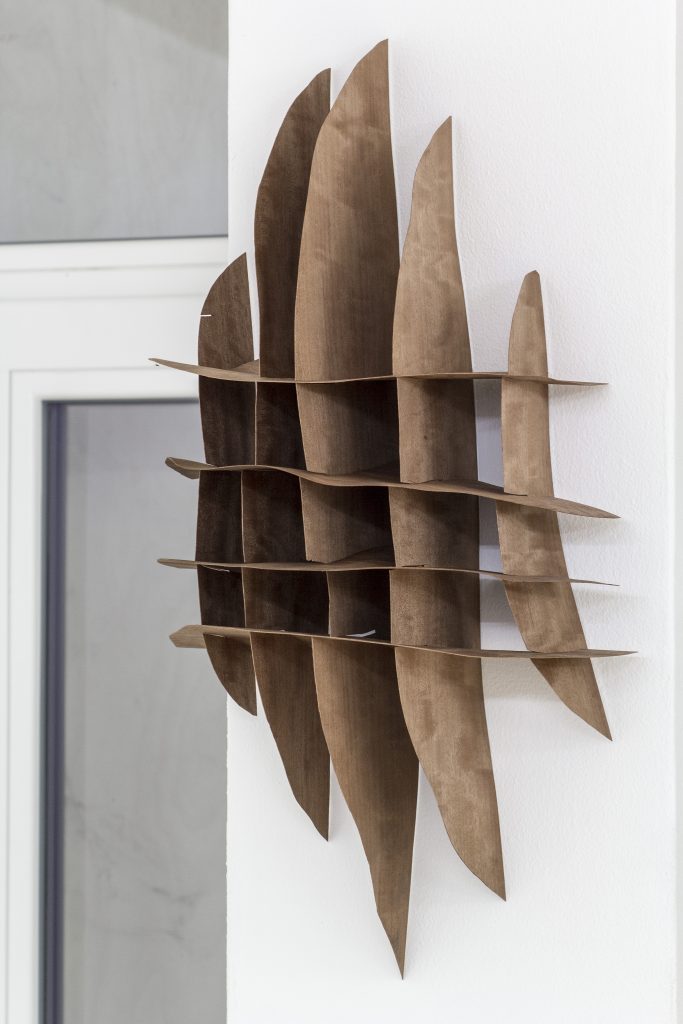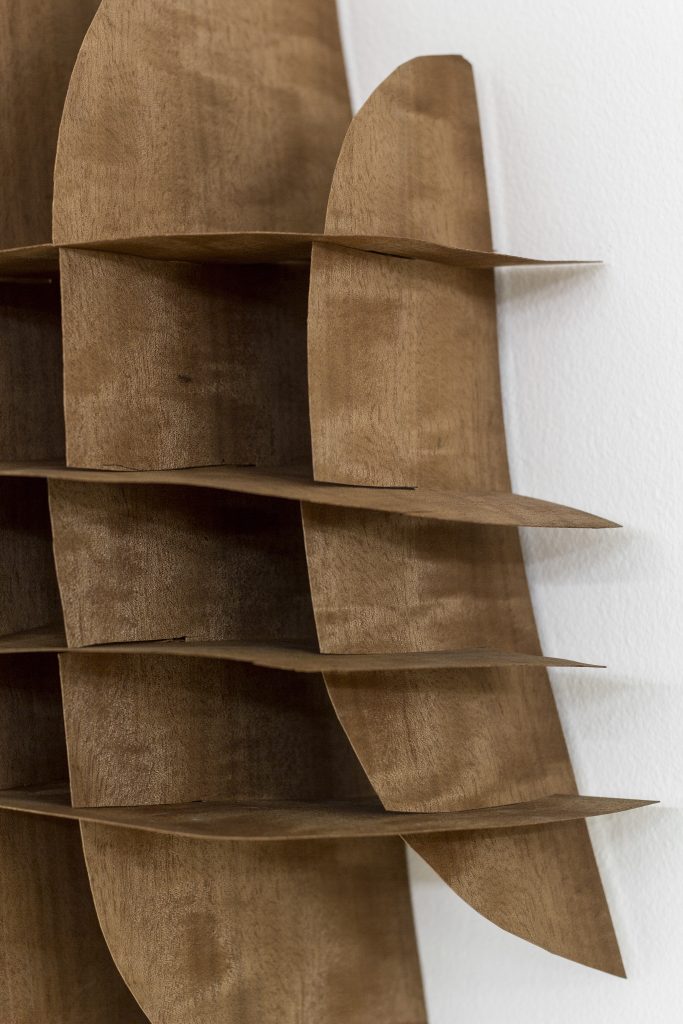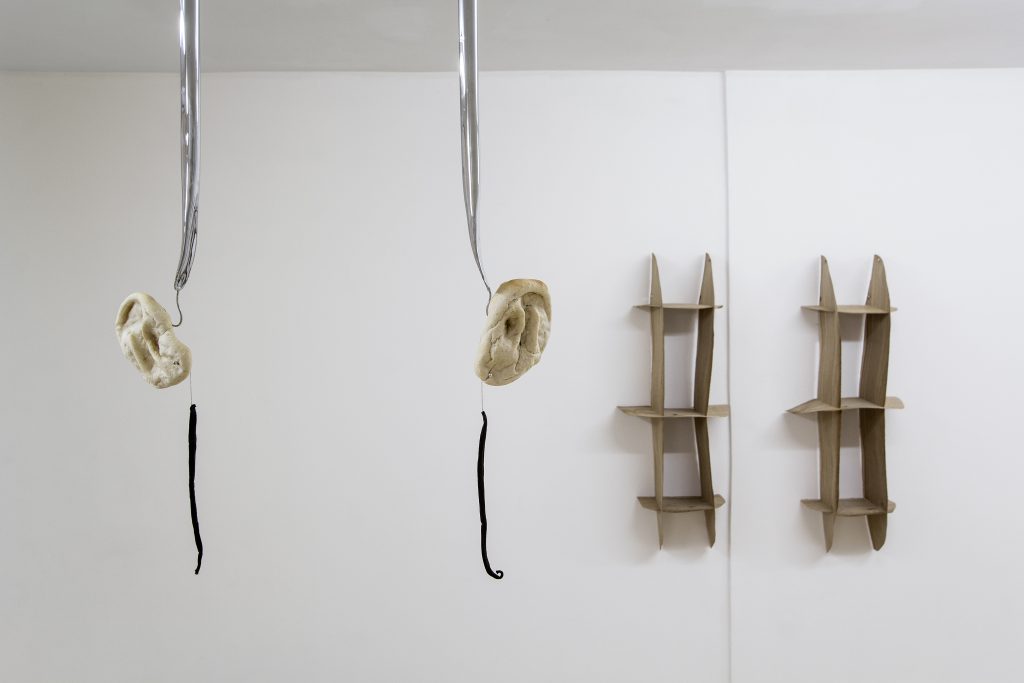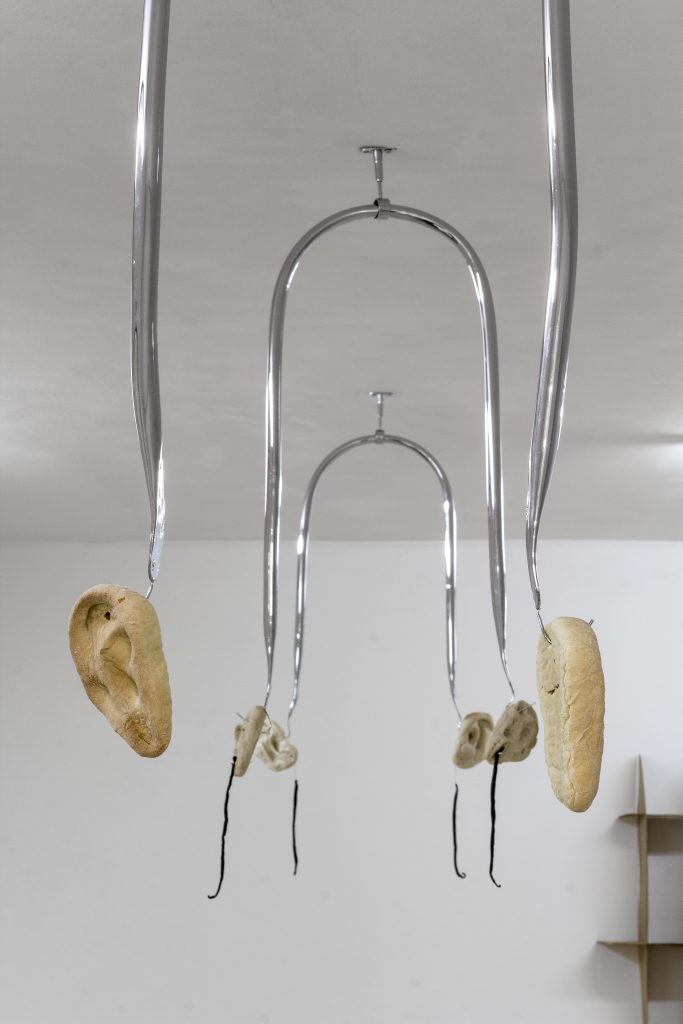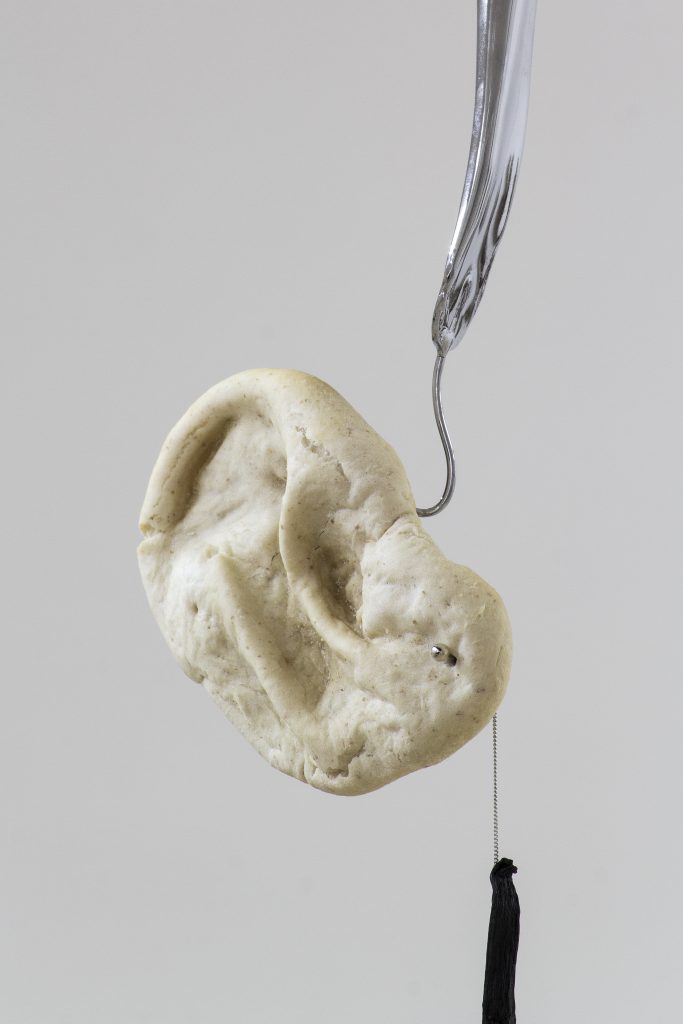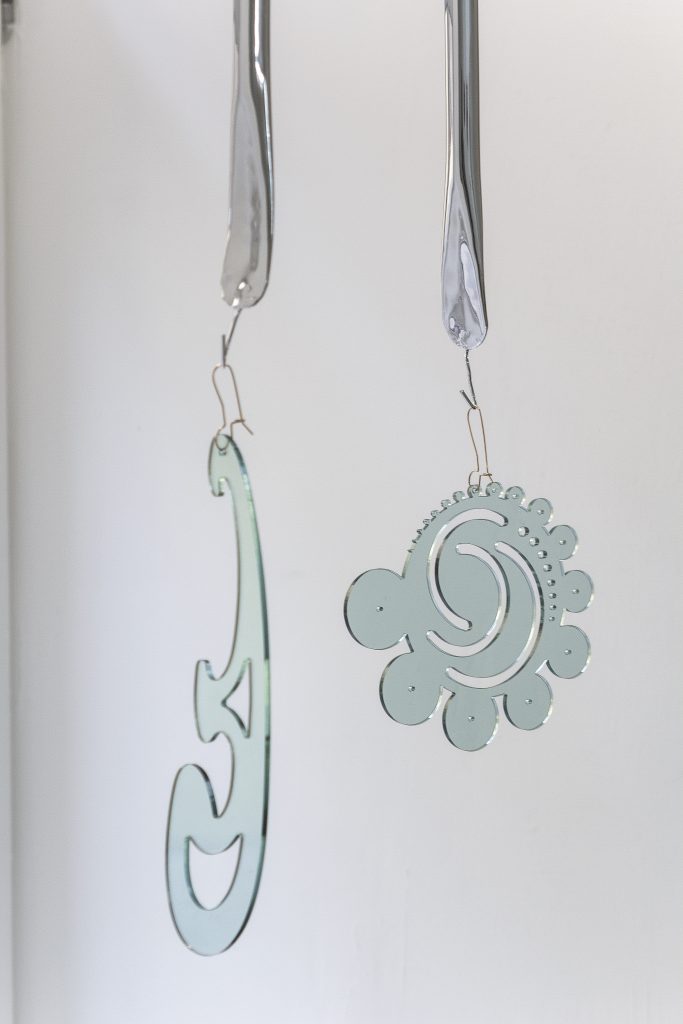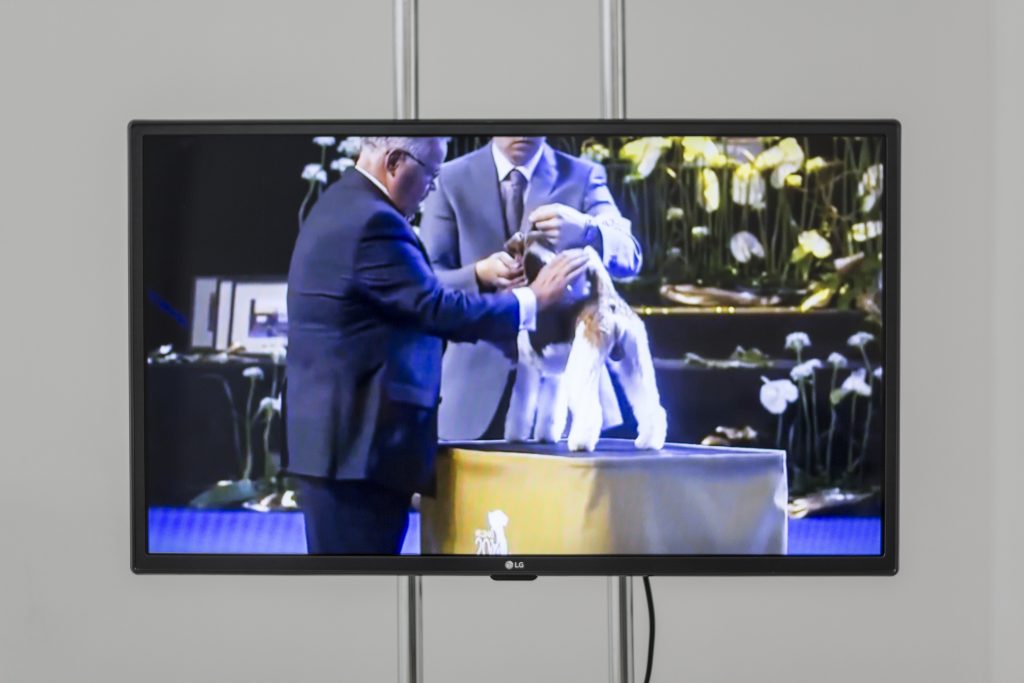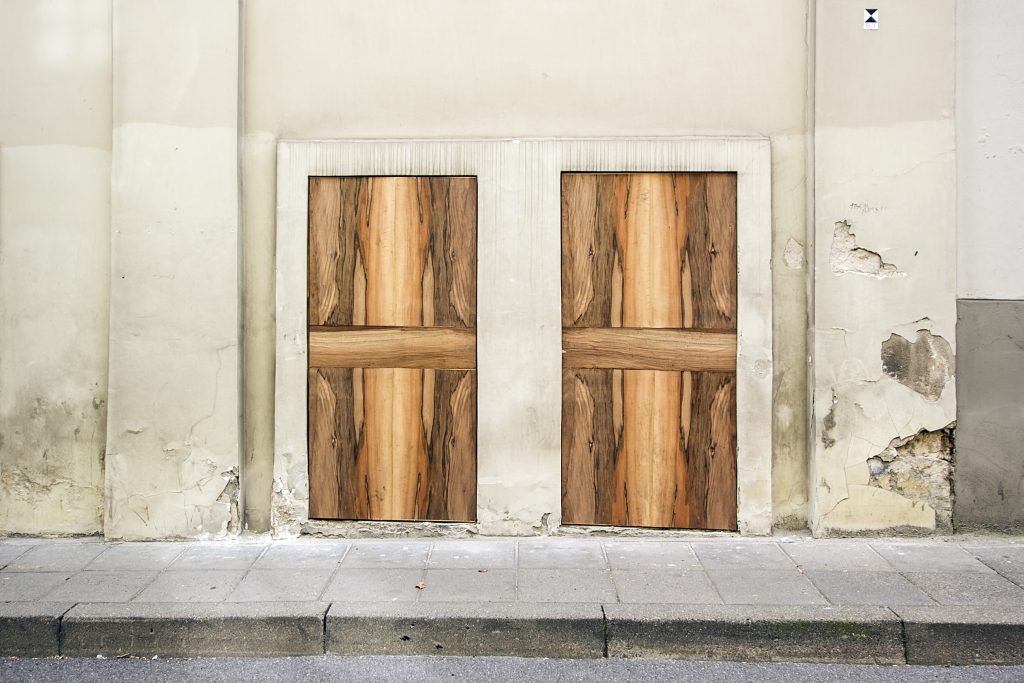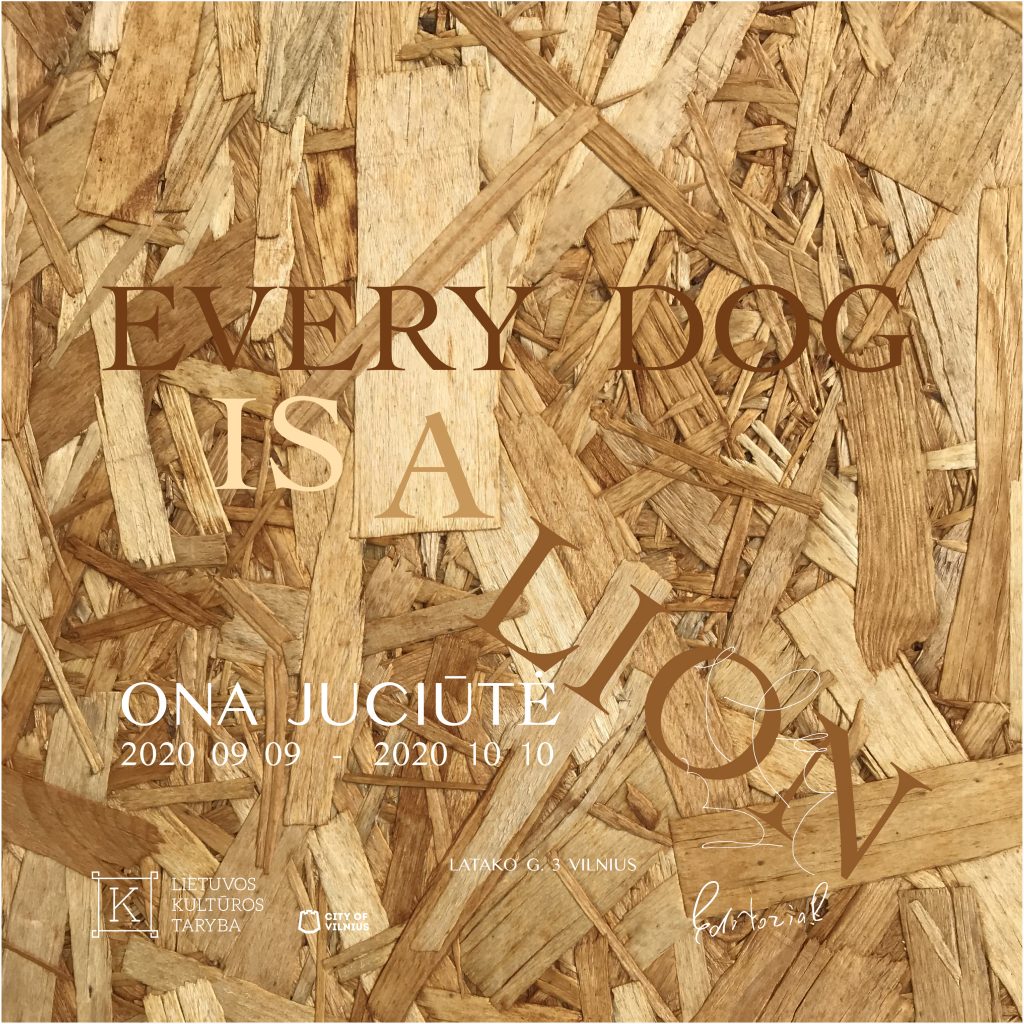– By vanilla, you mean the spice?
– Yeah, those black sticks. Apparently, it’s a bean containing seeds from a delicate breed of orchid. Kinda rare.
– I know nothing about it, but it seems curious how vanilla and silver ended up together in one category. Metal and edible seed. Was the headline like that?
– Yes, actually it was. I don’t know if it is nonsense. I see the connection – imagine that the category is something additional. Something extra, luxury, an unnecessary investment. An accessory, so to speak.
– You think seasoning is an accessory?
– That’s exactly what I think. Earrings for buns, necklaces for pastries, silk scarfs for pudding.
– OK. Do you think the author of that article also saw this?
– I guess so, if we see this as a change in general tendencies. The increasing price of vanilla could also signify a change in our mindsets that shows it’s no longer necessary to invest in something one can hold on to or leave to your next of kin. You buy it, eat it, digest it and return it back to the soil in a different substance and location.
– So according to you, this vanilla situation signifies that people no longer care for stability, coins, and electrical conduction, and are buying overpriced fragrant seeds? Curious, but I am not sure if increasing the price necessarily says much about the people who are agreeing to pay more for it. Maybe it’s directly connected to a natural phenomenon – a summer, one that got too hot, or a drought that destroyed the crop or something similar. Maybe it was just an unfortunate year for vanilla orchids and they were less fruitful.
– Yeah, that could be true. But I doubt that.Ona Juciūtė is a young generation sculpture artist, who is interested in how things are made, what the origins of materials are and their futures. The exhibition “Every Dog is a Lion” is about alterations of resources and collective decisions regarding their changes. The artworks exhibited act as glimpses into civilised everyday life, attempting to invite nature homewards.
Juciūtė was awarded with the JCDecaux award and a prize by legendary US/Lithuanian artist Aleksandra Kashuba. She has previously exhibited at CAC Vilnius, MOCAK museum Krakow, Rupert art residency and education centre in Vilnius. This year, she has participated in group shows at CAC Vilnius, Atletika gallery and Swallow project space in Vilnius. Over the summer, Juciūtė had a solo show at Apiece gallery in Palanga.
Exhibition is open 09 September– 10 October, 2020
III – V 3 – 7 pm
VI 12–4 pm
“Editorial” project space (Latako St. 3, Vilnius)
Thanks to Valdas Jucius, Lina Blauzdavičiūtė, Kamilė Krasauskaitė, Viktorija Damerell
With support of Lithuanian Culture Council, Vilnius City Municipality
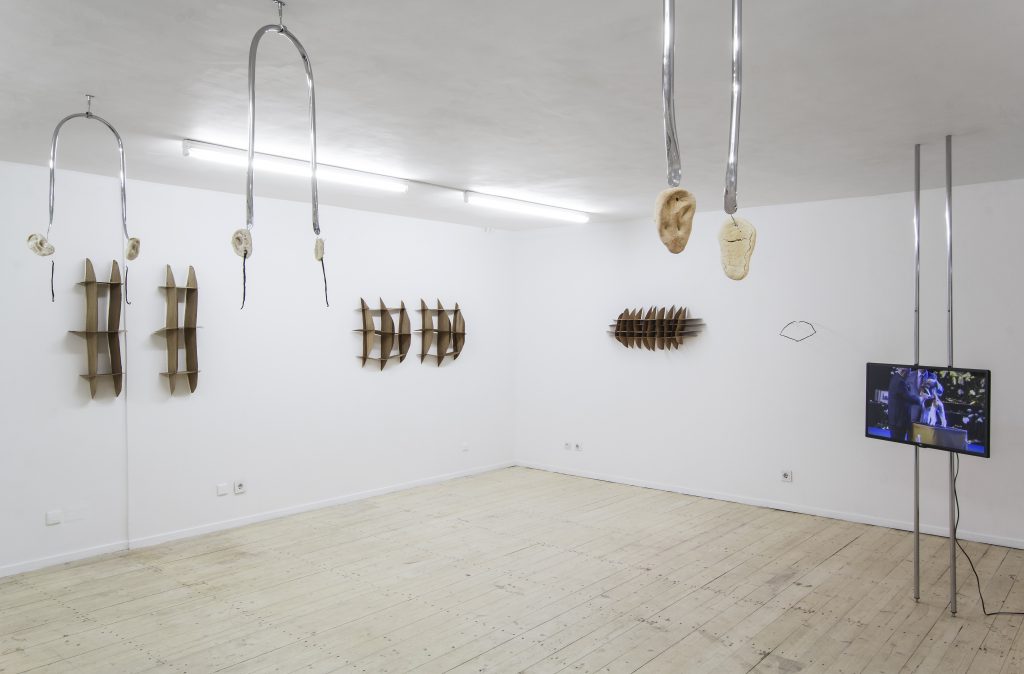
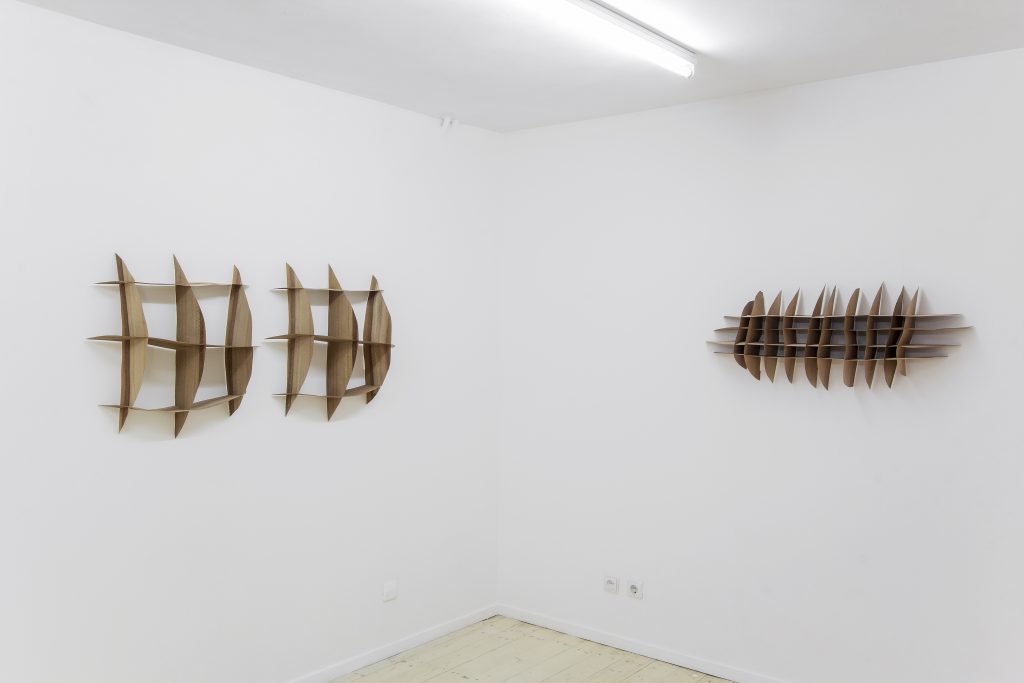
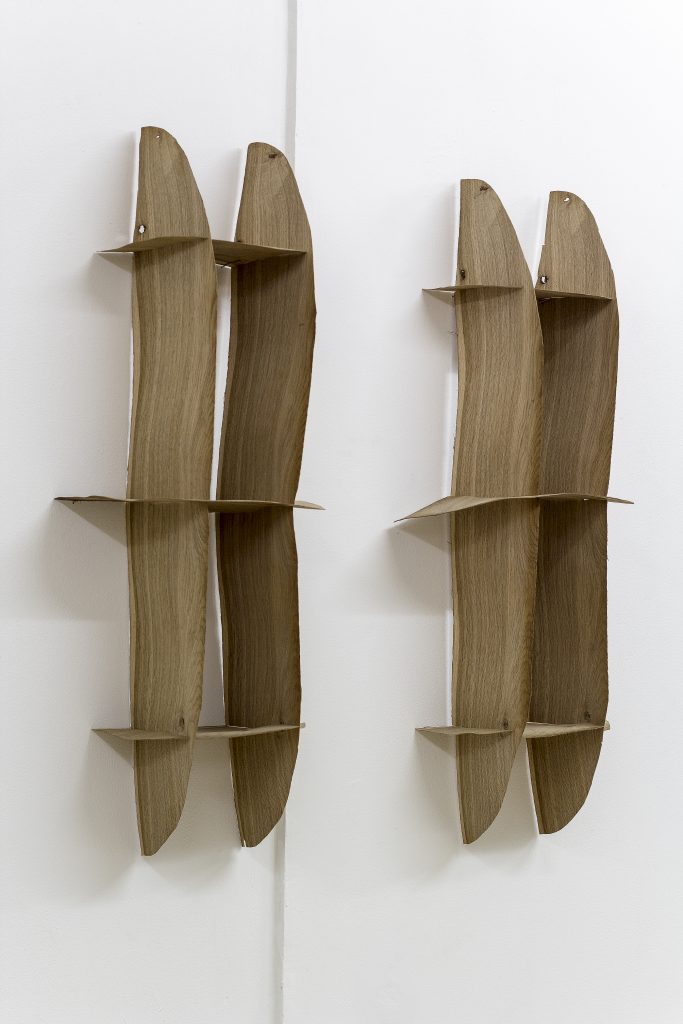
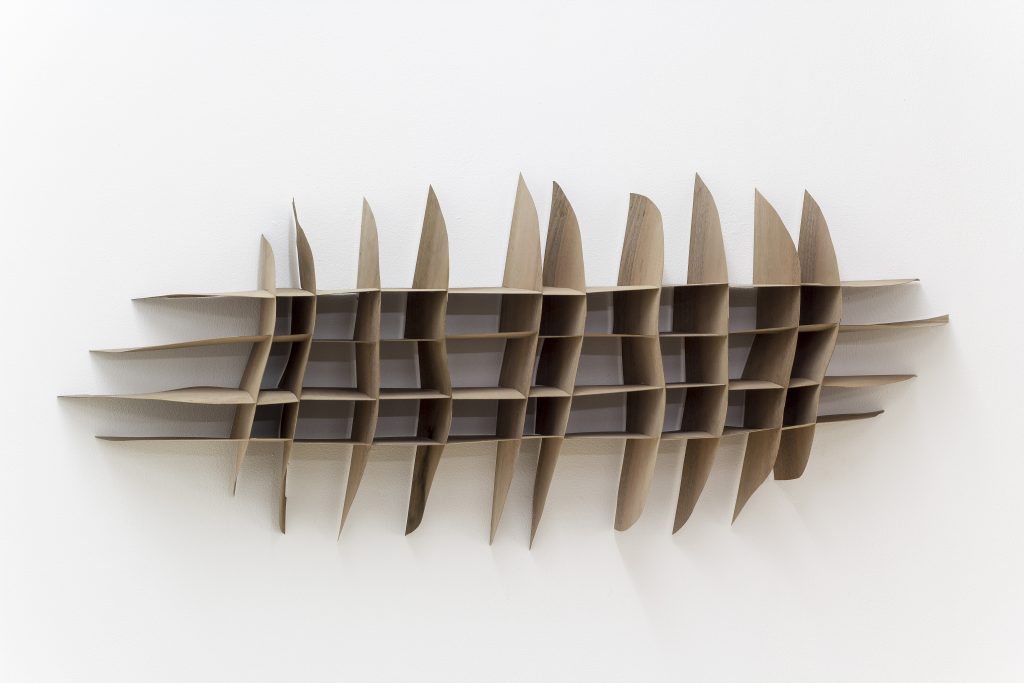
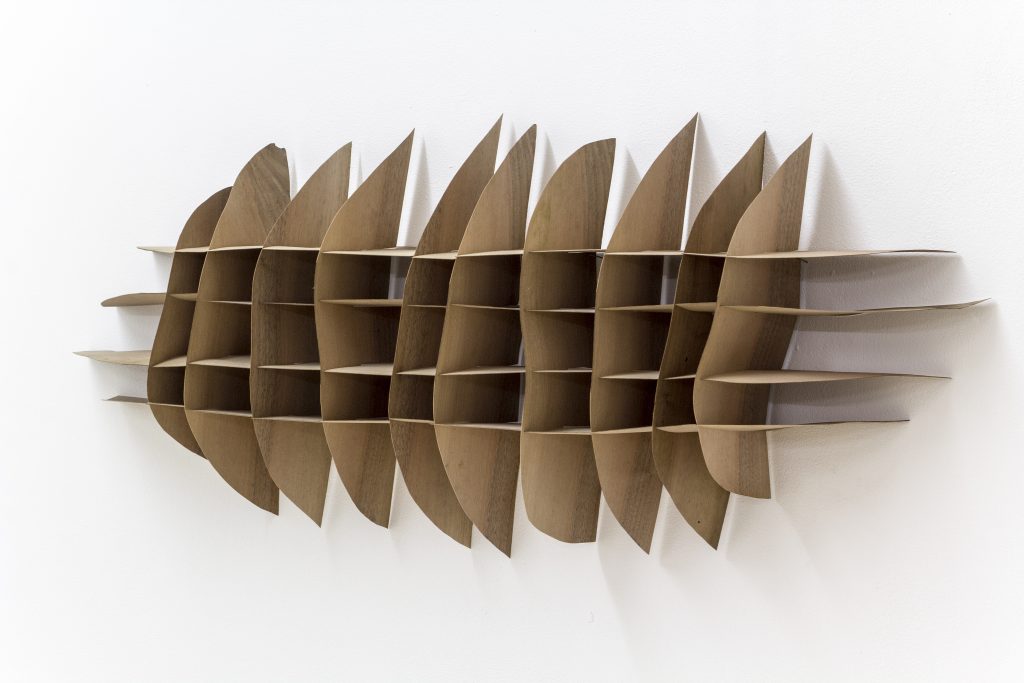
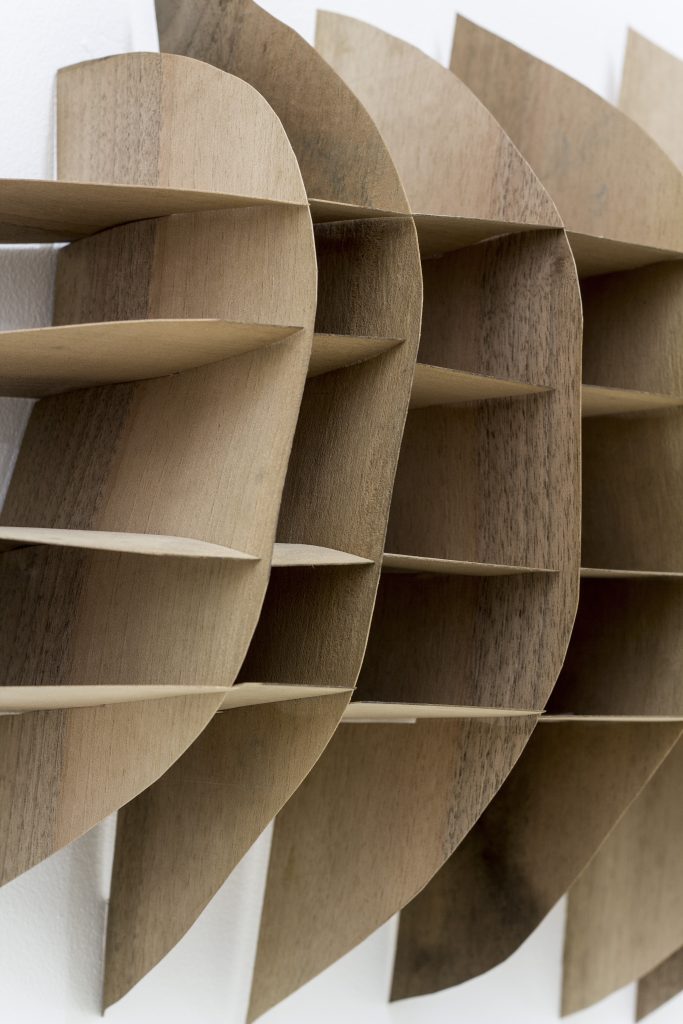
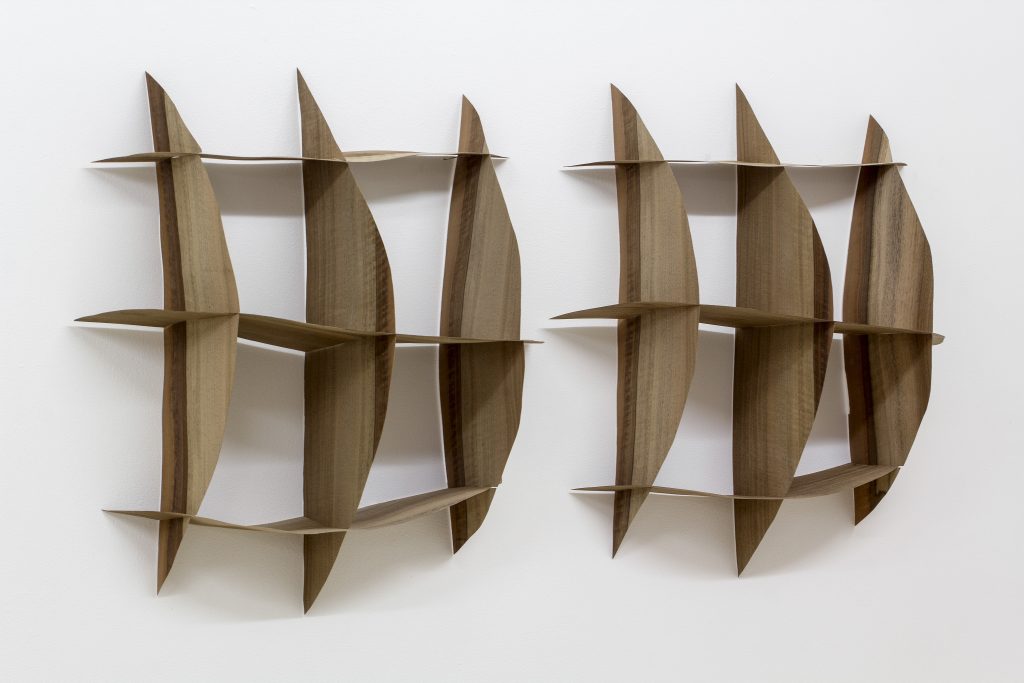 \
\ 